
When a person rapidly loses brain functions and such loss is closely connected with disturbance with the blood supply to the brain we say that he/she is suffering from stroke. This neurological disorder is also known under the name cerebrovascular accident because it develops either due to blockage of blood vessels in the brain and subsequent inadequate supply of certain parts of the organ with oxygen and other nutrients or it occurs once a blood vessel ruptures and blood starts to leak in the nearby area. In both cases certain neurons suffer damage which is generally irreversible.
The brain cannot regenerate so once neurons are damaged and die they cannot be replaced with new cells. Damage to the brain is in the form of various neurological deficits some of which can be restored while others remain for life. Physical therapy is only one part of the complex treatment approach for patients suffering from stroke.
What to Do After Stroke?
In the majority of patients stroke is blamed for weakness of the upper or lower extremities, usually body parts on one side. Speech problems are another characteristic if bleeding or blood deprivation affects the parts of the brain in charge of this activity.
Stroke is classified into ischemic and haemorrhagic, both of which are associated with severe damage to the brain. Ischemic stroke results from some kind of blockage within a brain artery. Brain cells deprived of oxygen soon die while the affected part suffers specific loss of function. In hemorrhagic stroke the situation is a bit different but the outcome is practically the same. Namely, there is bleeding from a ruptured blood vessel. The blood per se as well as the pressure build-up it triggers are the reasons why brain cells again do not receive oxygen and are also directly damaged. They cannot be replaced with new cells because the brain simply does not posses the power of regeneration.
Taken all the mentioned into consideration many people wonder what to do after stroke. Now, the therapy basically depends on the effects of stroke. Physical effects may include reduced mobility, weakness/paralysis, reduced sensation, speech/language difficulty, difficulty swallowing, incontinence etc. Psychological problems resulting from stroke are mood changes, perceptual problems, cognitive difficulties as well as various behavioral changes. However, despite health complications of stroke most patients if not all of them are engaged in physical therapy, an integral part of stroke treatment.
How can Physiotherapy Help?
The goal of the treatment in general is to restore old abilities, teach patients new skills and help them cope with any remaining disabilities. What is more, treatment is created in such a way to prevent recurrent episodes of bleeding or blockage. This is achieved with specific medications.
When it comes to physiotherapy, it is the main tool of rehabilitation. It comprises specially designed exercises, techniques as well as massage, all of which keep muscles and joints mobile and help patients overcome their physical disability, problems with balance or coordination.
In order to provide help with specific problems physiotherapy is supposed to be planned according to individuals assessment.
The treatment begins in the hospital in case of severe stroke when patients are kept for a prolonged period of time. In milder forms of the disease when patients do not remain hospitalized physiotherapy takes place under supervision of a community physiotherapist skilled in stroke rehabilitation. Under such circumstances patients most commonly exercise at home. When there is no community physiotherapist patients are referred to their local hospital. Apart from working with the patient the therapist will also educate patient's family members or caregivers, practically all people who will further help the affected individual during the process of rehabilitation.
It is of utmost importance to initiate the treatment as soon as patients are medically stabilized. This will improve the outcome and prevent some complications that might interfere with physical therapy such as joint stiffness and muscle weakness. Exercises successfully restore muscle strength, movement, correct posture and balance. Normally, some patients completely recover while in others the improvement is limited.
Exercises may be passive, performed by the therapist him/herself or active when patients themselves take place in the process. Also, they may practice in the ward or in a special physiotherapy gym supplied with all the equipment patients might need.
One of the things physical therapist pay close attention to is patient's physical fitness prior to stroke. Initially, the tasks are simple (e.g. reaching for and grasping objects) while later they become more complex and demanding. This is why it might take time for patients to achieve their goals.
Even if there is permanent loss of certain functions, patients remain bedridden or even worse, physical therapy is indicated. Such individuals work with their loved ones. The goal is to prevent additional health issues such as contractures, complete muscle atrophy or pressure ulcers.
All in all, physiotherapy is one of the major components of stroke therapy. It might restore or at least partially improve neurological deficits. However, it is also indicated when some functions are lost for good in which case it is supposed to be applied for the rest of patient's life.




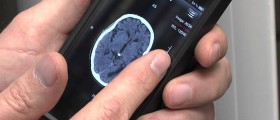
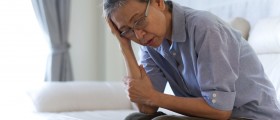
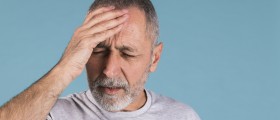



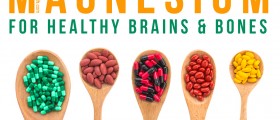
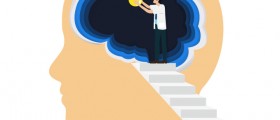

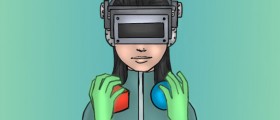


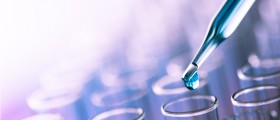
Your thoughts on this
Loading...